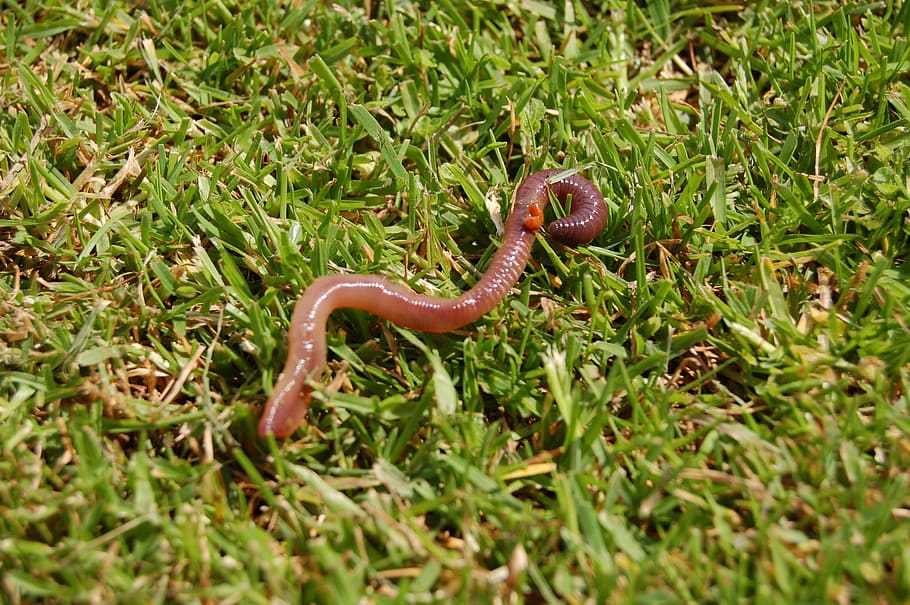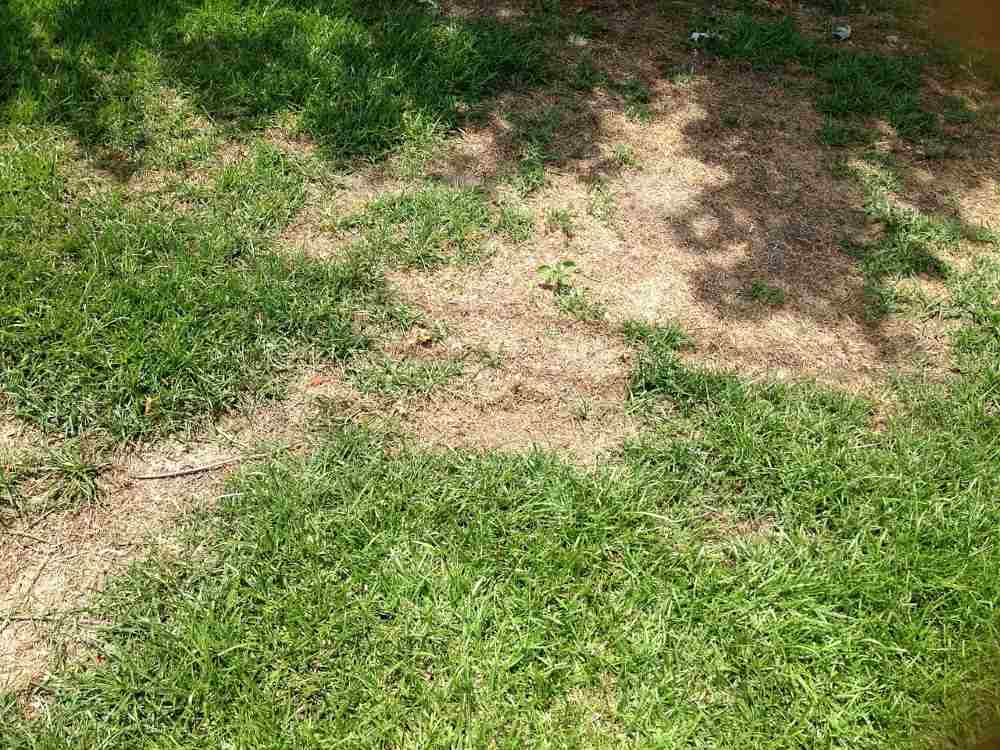
How to Attract Earthworms to Your Garden
For some, earthworms trigger a slight sense of discomfort—the slimy, squirming movement and their underground mystery can be off-putting at first glance. But for home gardeners, the presence of earthworms is something to celebrate. These underground inhabitants are some of your most important allies when building a productive garden and maintaining long-term soil health.
Earthworms improve soil structure, recycle nutrients, and promote plant vitality, all while working quietly beneath the surface. Their castings, or worm manure, are rich in nutrients and beneficial bacteria, helping plant roots absorb what they need to thrive.
Understanding Earthworms and Their Role in the Garden
Earthworms are soft-bodied, segmented invertebrates that belong to the phylum Annelida. They’re hermaphroditic—each worm has both male and female reproductive organs. But contrary to popular myth, cutting a worm in half doesn’t result in two new worms. In most cases, the severed parts cannot survive.
They breathe through their skin and rely on a moist environment to absorb oxygen. Earthworms lack eyes but have cells that allow them to sense light, vibrations, and moisture, which helps them move toward favorable conditions. Their movements mix the soil, and their burrowing creates earthworm tunnels that allow roots and water to penetrate deeper. There are thousands of species of earthworms, categorized into ecological groups: surface dwellers, topsoil dwellers, and deep burrowers—all playing different roles in organic gardening and agricultural soils.

Underground Garden Helpers: How Earthworms Improve Soil Structure
Earthworms act as nature’s engineers. They naturally aerate the soil through tunneling, improving drainage and water retention. These earthworm tunnels loosen compacted areas, making it easier for plant roots to grow. Their movement improves soil texture, especially in loamy soil, which supports healthy root systems and microbial activity.
Nutrient Recycling Champions
Earthworms feed on plant debris, manure, and decaying matter, and in doing so, they digest and excrete worm castings—a nutrient-rich fertilizer teeming with beneficial bacteria. Their digestive process helps recycle nutrients that would otherwise be locked away in undecomposed organic matter, making them available to plants. Worm castings are so concentrated with nutrients that they can support plant growth even in otherwise nutrient-poor soils.
Earthworms: A Living Soil Health Indicator
A thriving earthworm population is a great sign of healthy soil. Their presence suggests your garden has sufficient organic matter, moist soil, and a lack of chemical contaminants. Observing their activity gives you insight into the biological vitality of their garden beds and agricultural soils.
Preparing Your Garden to Attract Earthworms
Before you can attract earthworms, your soil needs to be inviting. That means free of harsh chemicals, rich in organic material, and consistently moist. Earthworms need food, oxygen, and a stable habitat to survive and reproduce.
Evaluating Your Soil Conditions First
Start by inspecting your soil. Turn over a square foot of soil and examine what you find. If you see several earthworms wiggling around, that’s a great sign. Generally, a high number of earthworms indicates the potential for healthy plant productivity. A low count could signal issues like dry or acidic soils, chemical exposure, or a lack of organic matter. Healthy soil should smell earthy, not sour or metallic.
Ideal Soil Conditions for Earthworms
Earthworms thrive in loamy, well-drained soil with a pH between 5.0 and 7.0. They prefer consistently moist soil, but not saturated. Too compacted, excessively acidic, or alkaline soils may drive earthworms away. Aim to maintain a loose, rich medium where worms can breathe, feed, and tunnel with ease.
Avoiding Harmful Practices
Certain gardening habits can harm or deter earthworms:
-
Manage the use of pesticides and fertilizers, as excessive application can harm earthworms or disrupt the microbial balance. Using slow-release fertilizers can be especially beneficial, as they provide steady nutrients over time without overwhelming the soil ecosystem.
-
Practicing proper lawn and garden care, such as regular mowing, weeding, and soil enrichment, can also reduce the need for chemical treatments by fostering naturally resilient plants and healthier soil conditions.
-
Minimize tilling, as it disturbs their burrows and destroys habitat. Use a garden fork instead of a shovel when turning soil to reduce damage to existing worms.

Improving the Soil to Attract Earthworms
Improving your soil is key to attracting and retaining earthworms. Earthworms thrive in rich, loose, and biologically active soils—especially those loaded with decomposing plant debris and inhabited by beneficial microbes. By enhancing your soil’s structure, texture, and nutrient content, you not only create an ideal environment for worm activity but also support healthier plant roots and more productive garden beds. The goal is to recreate natural conditions that encourage worms to stay, reproduce, and help recycle nutrients throughout your garden.
Add Organic Matter
Worms are decomposers, so give them something to work with. Mix compost, aged manure, leaf litter, or grass clippings to feed manure worms and other species. Kitchen scraps like coffee grounds, veggie peels, and crushed eggshells are also excellent additions. These nourish worms and increase beneficial bacteria activity in your soil.
Mulching for Moisture & Habitat
Apply mulch made of straw, shredded leaves, or grass clippings to help regulate soil temperature and retain moisture. This top layer acts like insulation, creating a dark, moist environment that encourages worm activity. It also shields worms from predators and drying sunlight.
Maintaining Soil Moisture
Worms need moisture to breathe. Regular, deep watering is crucial—moist soil enables worms to stay active and migrate freely. Apply water before adding mulch to lock in hydration. Be careful not to overwater, as waterlogged conditions reduce available oxygen.
Introducing Earthworms to Your Garden
Introduce worms only after you've prepared the soil with sufficient organic material, correct pH, and moisture. Otherwise, they may not survive or may migrate elsewhere.
You can buy worms from local suppliers or collect them from healthy garden beds. Red wigglers (Eisenia fetida) are excellent for compost piles, while nightcrawlers are great for deeper soil work. Keep your worm population steady by considering vermicomposting—setting up worm bins using newspaper, plant debris, and kitchen scraps in a cool, shaded area. These bins act as a permanent food source and shelter.

How NutriPod Can Support Worm Activity and Plant Growth
While earthworms are naturally drawn to organic matter, pairing that with smart fertilization can take soil health to the next level. NutriPod is a range of slow-release fertilizer pods designed to support plant roots and establish strong, fast-growing plants. It makes it easy to deliver balanced nutrients directly to your plants during planting.
Each pod has a specific formulation of essential nutrients tailored for different types of plants, feeding them for up to 45 days while encouraging deep root growth and lush foliage. Healthier plants lead to improved soil texture and more decaying plant matter—two things that naturally attract worms. When paired with compost and mulch, NutriPod helps create a nutrient-rich environment that supports sustainable gardening practices and long-term worm habitation.
Plus, as your plants grow, they create more plant debris in the soil over time. This contributes to the food chain that worms help sustain, ultimately feeding your garden from the roots up.
Monitoring and Sustaining Earthworm Populations
Once you’ve introduced earthworms and created ideal conditions, the key is maintenance. Look for signs like worm castings, burrow holes, and occasional sightings during weeding or planting. These are all great indicators of worm activity and healthy soil texture.
Keep up your efforts by continually adding organic matter. Avoid excessive disturbance, manage inputs, and water sufficiently. Reapply mulch regularly and maintain compost systems to provide a consistent food source. The more stable and nutrient-rich your environment, the more worms will thrive and reproduce.
Final Thoughts
Attracting earthworms involves a multi-step approach to building a resilient, self-sustaining ecosystem. With their help, yor soil becomes more aerated, retains water better, and cycles nutrients more efficiently. Worms contribute to better plant roots, increased microbial activity, and stronger yields in garden beds and larger agricultural soils.
By following these simple steps—improving soil health, avoiding harmful practices, and being mindful of your inputs—you can build a garden teeming with life beneath the surface. Embrace the wiggle! A garden full of worms is a garden full of promise.
Visit the NutriPod website today for more tips and to explore a full range of slow-release fertilizers for annuals, shrubs, vegetables, grass plugs, and palms.



